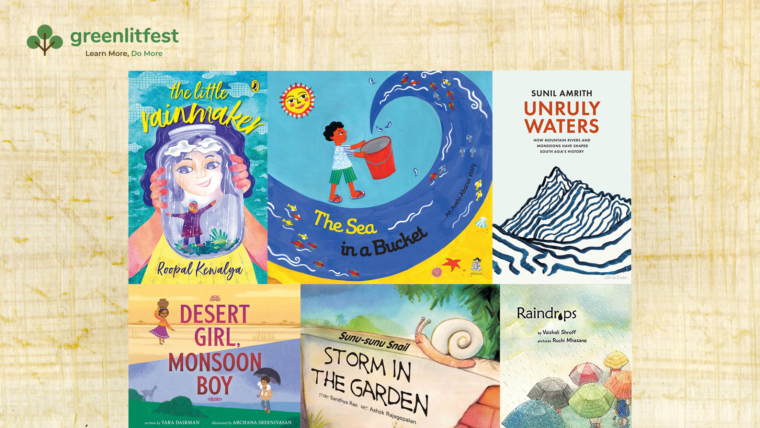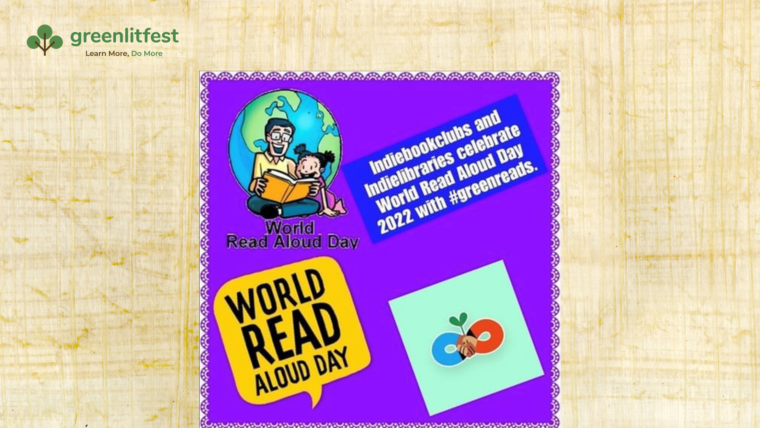When doomsday strikes, will humans find an alternate world? Will genome banks come to our rescue? Will there be missions across space to find a suitable home? How will such societies on a perpetual search be structured? Gigi Ganguly’s Biopeculiar: Stories of an Uncertain World is a collection of speculative stories that depict humanity’s complex relationship with the natural world.
In an e-mail interview, the author spoke about climate change, inspirations from nature, her idea of utopia and more.
Let us start by discussing how the Himalayas inspired and shaped this collection. You have mentioned in your previous interviews that you worked in the mornings. What was the process like?
I love making plans and schedules. I even write down the number of hours I’ll spend writing, though I stick to maybe 15 percent of all my plans.
When I wrote the stories in the Himalayas, it was natural to work during the day because the mountains were alive with birdsong, monkeys, and winds. You could write a bit and then look out and then write again. You could even see snow-capped mountains in the distance when the sky was clear. At night, everything shut down. There were (and are) leopards in the area, so no one stepped out alone. Everyone was inside their homes; there were little lights on far-off hills and only the insects were busy chirping. I usually watched K drama at that time. (Eatflicks, a story in Biopeculiar, was born because of my love for Korean TV shows.)
In the mountains, nature seems to have the upper hand: If there is a landslide, you can’t travel. At night, there might be leopards outside. If you are hiking, you must be extra careful not to slip on a slope. All this lent an enigmatic, intimidating aura to “nature” in my head. This feeling also crept into some of the stories.
The collection portrays robots with emotions, trees that kill and save, motherships with genome banks, and humans bred in nurseries, among other worlds. How did the world-building take shape? Are there any particular inspirations?
When I get a story idea, I jot down the important plot points (even the ending) and try to decide the title right away. It is only when I write that I expand on the world logically. The various gadgets mentioned in the stories are usually invented because I want to make things easier for my characters. I also try to think of questions from the reader’s point of view and provide answers for them. Why does this particular society function this way? Why are the animals behaving like that? And so on.
Regarding inspiration, my favourite short story of all time is Story of Your Life by Ted Chiang. Although the tale has a military presence, there is never an all-out war between humans and aliens. It’s a soft, beautiful story with a linguist for a protagonist. The core relationship is between a mother and child. Paper Menagerie by Ken Liu is another example of a spec-fic short story with a strong emotional core. These two are the benchmarks for me when it comes to short stories.
I’m also drawn to writing stories with a slice-of-life element. (I’m most inspired by Japanese fiction in this). With regard to individual stories, there are specific inspirations such as Aranyer Din Ratri by Satyajit Ray (Cocoon), Tansen (Losing), and Game of Thrones (A Storm of Stings).
Your love for animals is evident in the collection; you have also mentioned that each of your pets had/has distinct personalities. The use of anthropomorphism in stories like Corvid Inspector, along with the elements of magical realism and fantasy you have explored, is interesting. How much of your pets’ personalities have influenced the bird characters in that story or the dolphins and other marine organisms in Hats and Other Coverings?
I didn’t intentionally base any of the characters on my pets, but some elements might have slipped in subconsciously. Over the years, my pets have been my siblings (when I was young) and my children (now that I’m old), so I’ve always felt a close connection to non-human beings. That has helped me write from the point of view of someone who doesn’t belong to my species.
For Corvid Inspector, I researched the corvids and their specific behaviours and I incorporated those specifics into their characters. Since it was my take on a typical detective story, certain characters had definite roles to play – the troubled detective, the corrupt politician, the mysterious hired assassin – so these aspects also had to be considered while creating the personalities.
Hats and Other Coverings came out of two sources: actual, fact-based articles about the weird behaviour of marine animals and the play Waiting for Godot by Samuel Beckett. I wanted to take two dolphins and write an endless, meaningless (or meaningful?) conversation between them.
In one of his literary panels, author Rob Mcfarlane quoted that the best of nature writing around the world is happening in the speculative fiction genre. Given its nascent stage in India, what do you wish for this genre of climate fiction? Do you believe in classifying something as pressing as climate change under genres?
As with any kind of genre, the best thing would be to have a variety of voices. This country has so many different communities and regions; it would be wonderful to have stories rooted in a specific area’s history, folklore, and environment. We are all limited by our own personalities and experiences, so it would be nice to see what someone else is thinking.
If it helps sell a book and its message and helps people realise/understand that climate change is a pressing matter, then I think such classifications are acceptable.
This collection delicately balances the relationship between humans and land. In some stories, humans are responsible for the apocalypse, taking blame and moving away. There are also cases where they rescue other species and go beyond restrictions to help the earth heal. The bond portrayed was endearing. Did you cautiously maintain that balance?
In Biopeculiar, I intentionally created certain characters who would do the right thing or at least have good intentions. And yet, these characters are not saviours. These are ordinary people who try their best, in their own little ways, to help make the world a better place. So yes, I was cautious in how I portrayed the relationship between humans and nature.
You discuss capitalism, religious majoritarianism and fascist regimes in some tales. How do you think the current state of affairs will influence the future of the environment?
All three point to a system where one particular group has more power over the others. And while it would be nice to think that those with power are also responsible about it, the state of the world seems to suggest the opposite.
Those with power, especially the rich, have almost always been absolved of corruption, murder, or any wrongdoing. If they want to bypass laws and buy a piece of forest land to build yet another factory, who is going to stop them?
In some stories where humans make it to alternate universes and planets, there is always some sort of tension running beneath. The society is Kafkaesque. Was that a deliberate portrayal?
I don’t think a story can be a story unless there is some kind of conflict in there. The central issue doesn’t need to be something as dramatic as an asteroid about to hit Earth; even issues with low stakes can provide a bit of tense undercurrent. It helps build a resolution towards the end.
Apart from that, yes, it was deliberate to have something go wrong / not feel right in such stories. Real-life utopian experiments have (by and large) all failed or have been revealed to be cults, so it made sense that even in alternate universes and planets, there would be something off about the seemingly utopian societies.
I like that the entire collection isn’t entirely dystopian. Most stories end with a picture of hope. What is your hope for the future?
I would like for humans to be kinder to animals and to be respectful of the environment they live in.
Finally, what do you think is the role of a fiction writer in the Anthropocene?
The role of a fiction writer is quite simple: to help the reader escape their life, even if it’s for a short time, and immerse themselves in a different world. I don’t think a book needs to be educational or filled with messages to make it meaningful. If the book entertains you, then the writer has done their job.
Gigi Ganguly has a Master’s in Creative Writing from the University of Limerick in Ireland. Formerly a journalist, she currently works as an editor in Delhi-NCR. Her first book, a novella titled One Arm Shorter Than the Other, was published in 2022, and was nominated for a Subjective Chaos Kind of Award in 2023. She is currently working on a novel about AI and consciousness.
Monisha Raman’s essays and short stories have appeared in several Asian and international journals. Her work can be found at https://linktr.ee/Monisharaman.



